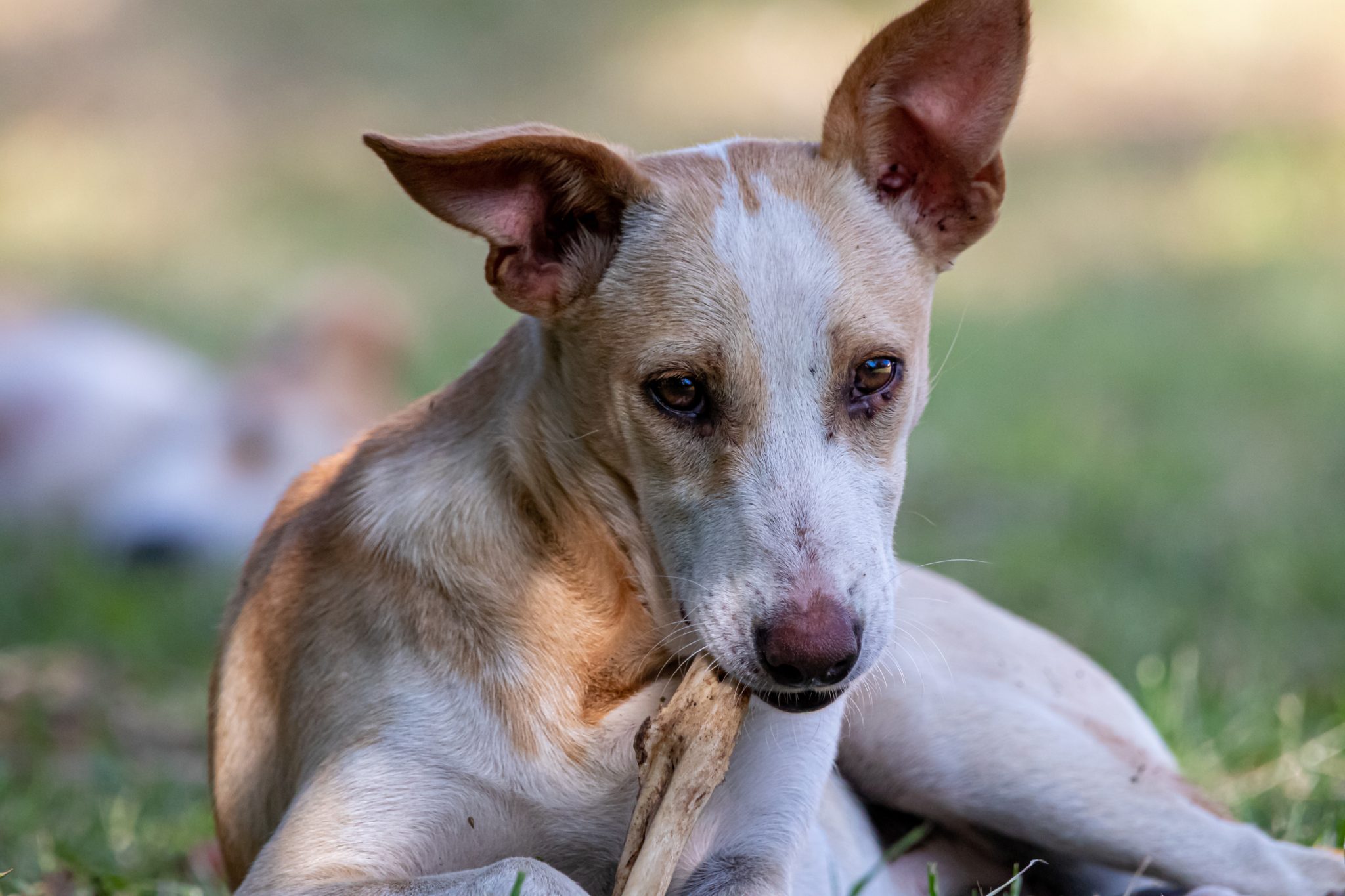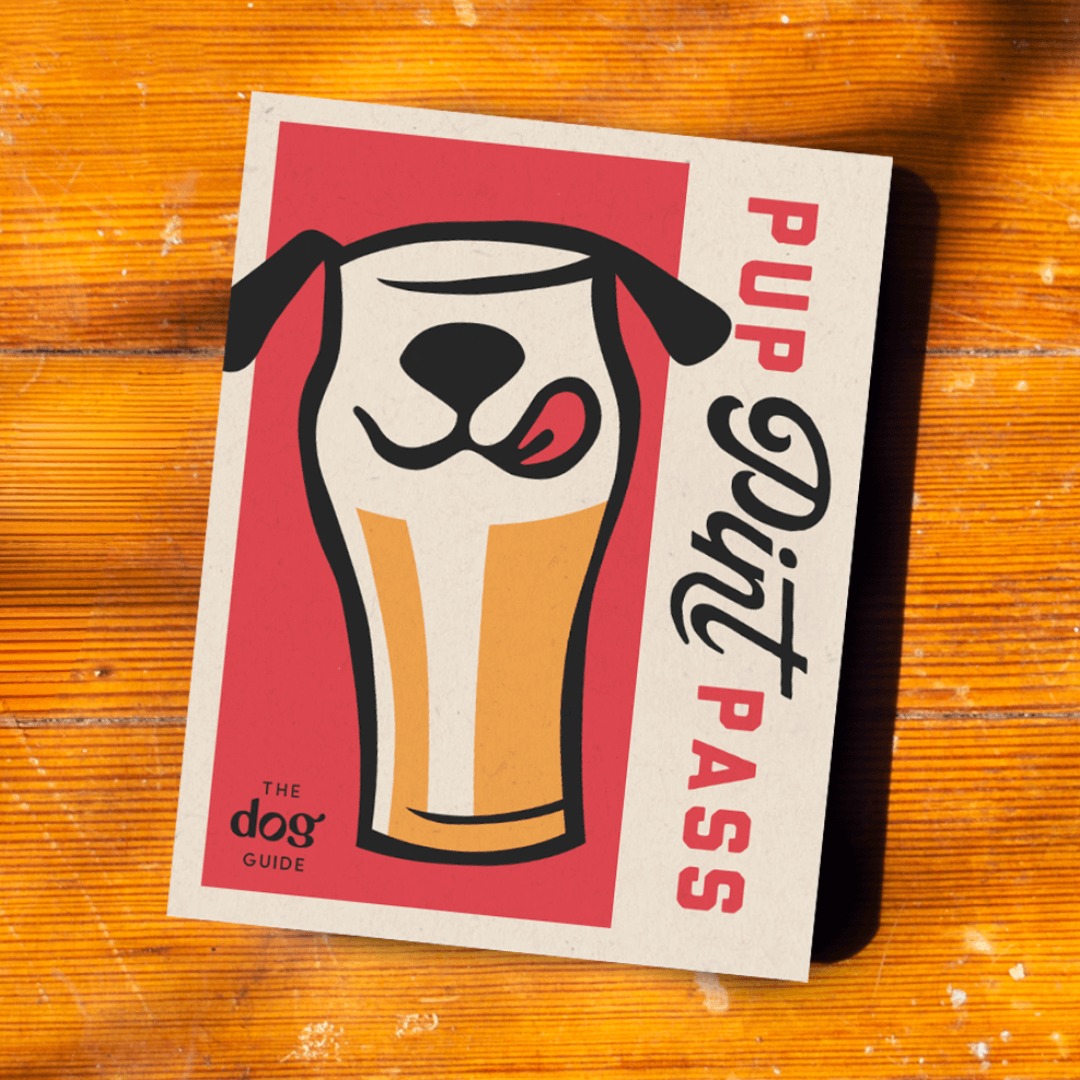
Dogs and bones go together like…well, peas and carrots! Most dogs love nothing more than chewing on a bone, and biologically, that’s what they’re built to do. But, not all bones are safe for dogs. There are many misconceptions about what type of bones are okay for dogs and lots of people seem to have differing opinions on the topic. So, let’s “chew” on this topic a bit more.
Raw Bones Are Beneficial
If you can imagine a time when dogs were wild and hunted and killed their prey, it makes sense that they would have eaten the raw bones of their fresh kill. Because of this, dogs’ digestive systems are well-equipped to digest raw bones. In fact, bones provide many important vitamins for dogs such as phosphorus and calcium. The minerals found in raw bones also stimulate the creation of enzymes in a dog’s saliva which helps to protect and clean a dog’s teeth and gums. So, it’s safe to say that raw bones aren’t only safe, they’re beneficial for your dog!
Just Say No to Cooked Bones
Cooked bones, however, are a different story. Once bones are cooked, they become dry, brittle and can splinter easily. If a dog eats a cooked bone that splinters, this can cause some very serious medical problems. Splintered bones can cause choking and even perforate organs–both of which can prove to be fatal.
Sometimes, however, dogs get ahold of a cooked bone, either from nosing through the trash or from begging to just the right human at the dinner table. If this happens, it’s important to watch him closely for several days to make sure that he isn’t experiencing any strange symptoms. Bloody stools, swelling in the stomach area and discomfort are all signs that you might have a problem on your hands. In this case, please seek medical treatment quickly.
Alternatives to Cooked Bones
Many pet stores sell raw bones that make a nice treat for your dog. These bones are safe for your dog to enjoy with supervision. You can also look for digestible dog treats, such as “bully sticks,” (which are cow Achilles tendons) that give your dog something to chew on and shouldn’t upset his stomach.
So, to settle this dispute, cooked bones are not a good idea but raw bones are actually pretty great for dogs. Just make sure that you monitor your dog if you give him a raw bone. Watch for choking or any signs that the bone might be causing mouth abrasions and never leave your dog unattended while enjoying a bone. Another way of safely introducing raw bones into your dog’s diet is by grinding up bones to add to your dog’s food. The best bones for grinding are hollow bones, such as poultry neck and wing bones.
Now that you’ve “boned up” on all of the benefits of feeding your dog raw bones, check out these other posts on feeding your pooch a healthy diet:
3 Homemade Dog Treats for Fall
6 Foods to Soothe Your Dog’s Tummy Troubles at Home
Demystifying the Big Wide World of Dog Food

